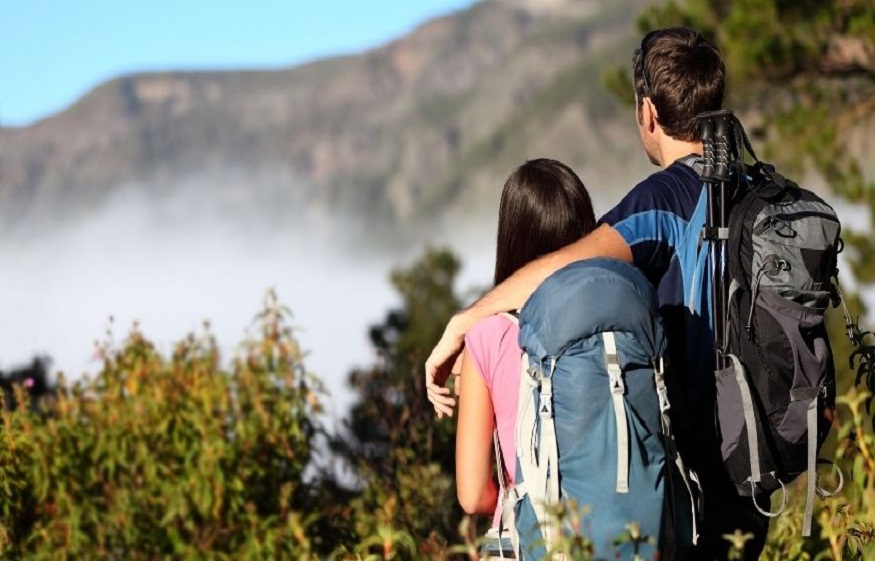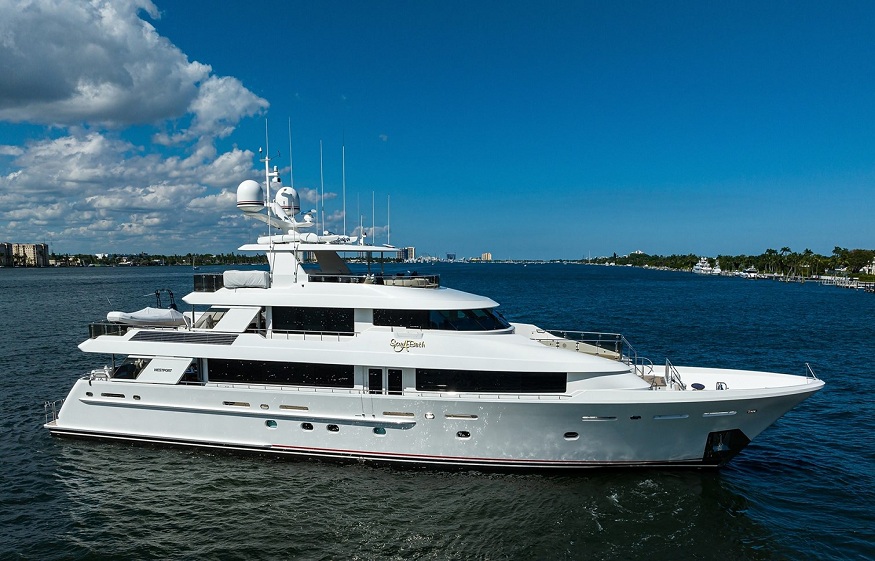The title of this new issue dedicated to responsible tourism professions and the training that leads to them is a tad provocative. Some would even say that it borders on an oxymoron. Because tourism and the environment are sometimes difficult to reconcile due to the damage that the former can cause to the latter: CO2 emissions, pollution, overexploitation of natural resources, poor waste management, cultural and heritage degradation, destruction of biodiversity, etc.
However, calls to do better and projects aimed at greening the sector are multiplying, both around the world and in France.
While the plane remains a major point of contention, most agree that a responsible policy for tourist activities is possible.
Long before sustainable tourism there was the Grand Tour…
If Pythaes of Massalia, Herodotus, Erik the Red, Marco Polo, Ibn Battuta or later Magellan, Christopher Columbus, Jacques Cartier… were among the first great travellers, tourism as we know it today has its origins in the 18th and 19th centuries. In Great Britain, Doctor of History Evelyne Lehalle explains.
The “grand tour” was a fashionable cultural and initiatory practice, which led the young British aristocracy across Europe.
The English, again thanks to Thomas Cook, organized the first organized trips in the middle of the 19th century, then the first tourist circuits. In France, spa and seaside resorts were born in the years that followed.
This abrupt aphorism attributed to the Petainist academic Jean Mistler is symptomatic of what tourism was before it became democratized: an art of living reserved for the elite of society. A worldly extension of the “academic pilgrimage” used in the Middle Ages.
Tourist office at the end of the 19th century, tourist office in 1905, associative and mutualist movements, youth hostels, camping clubs… outline the future of a “social” tourism which is just waiting to emancipate itself.
With the advent of paid leave in 1936, holidays, leisure and tourism became accessible to a wider section of the population.
But it was after the war that mass tourism emerged. And with it, industrialization which would allow it to expand and become more sophisticated.
Thus, travel tourism and hotels are fully engaged in this industrial age whose laws they must submit to.
André Siegfried • Aspects of the 20th Century • 1955
“Tourist” classes, charter flights, travel agencies, holiday clubs, computerised bookings, online comparison sites, etc. have shaped the global tourist landscape as it exists.
seaside over tourism
In the space of half a century, tourism seems to have mutated. It has gone from being a certain form of adventure where the journey was at least as important as the destination to a product to be consumed in the short time available on site.
The tourism industry has developed formatted products that are oh so reassuring, full of heavenly places, fun activities, family leisure activities, organized indigenous encounters, from which discovery, surprise, exploration, the unexpected, reality most often seem excluded.
Because it is better to hide Haitian misery when promoting the fine sand beaches of the nearby Dominican Republic.
The fact remains that with barely 300 million humans capable of doing tourism in the world, has the elitist nature of this industry really changed since the 19th century?
In his Anti-Tourism Manual, Rodolphe Christin says that tourism is “the luxury of a minority whose impact concerns a majority” .
However, for about twenty years now, tourism activity has been taking a new, more virtuous turn.
In particular because tourists themselves have, for some of them, expressed a desire for greater authenticity in their relationship to travel and a concern for better preservation of the places visited.
Awareness of environmental disruption and the threats that the sector poses to natural resources, biodiversity and even the existence of the peoples visited has gained ground.
It is true that the current situation does not speak in favour of tourism free from any form of regulation.
Tourism is a thriving business…
49 properties listed as World Heritage by UNESCO, 22 Grands Sites de France labeled, 20,000 km of coastline, 9 mountain ranges, 11 national parks, 58 regional natural parks, 8,000 museums, 6,000 festivals, 45,000 monuments, 19,000 km of developed cycle routes… it is easy to understand why France has been the preferred destination for tourists from all over the world (in number of visitors) for over 30 years.
In 2019, just before the health crisis, the destination welcomed nearly 90 million foreign tourists and generated 180 billion euros in tourist consumption.




